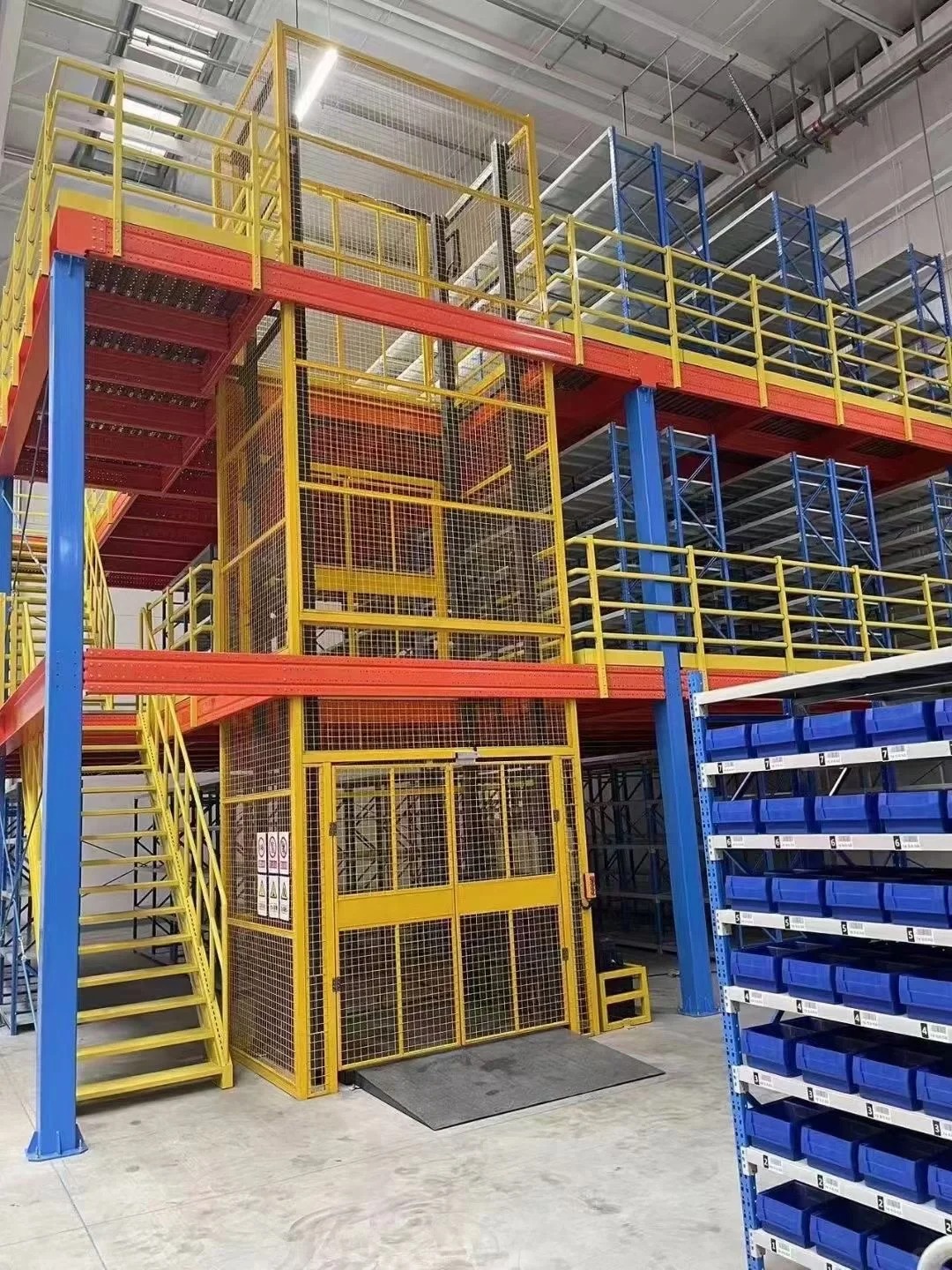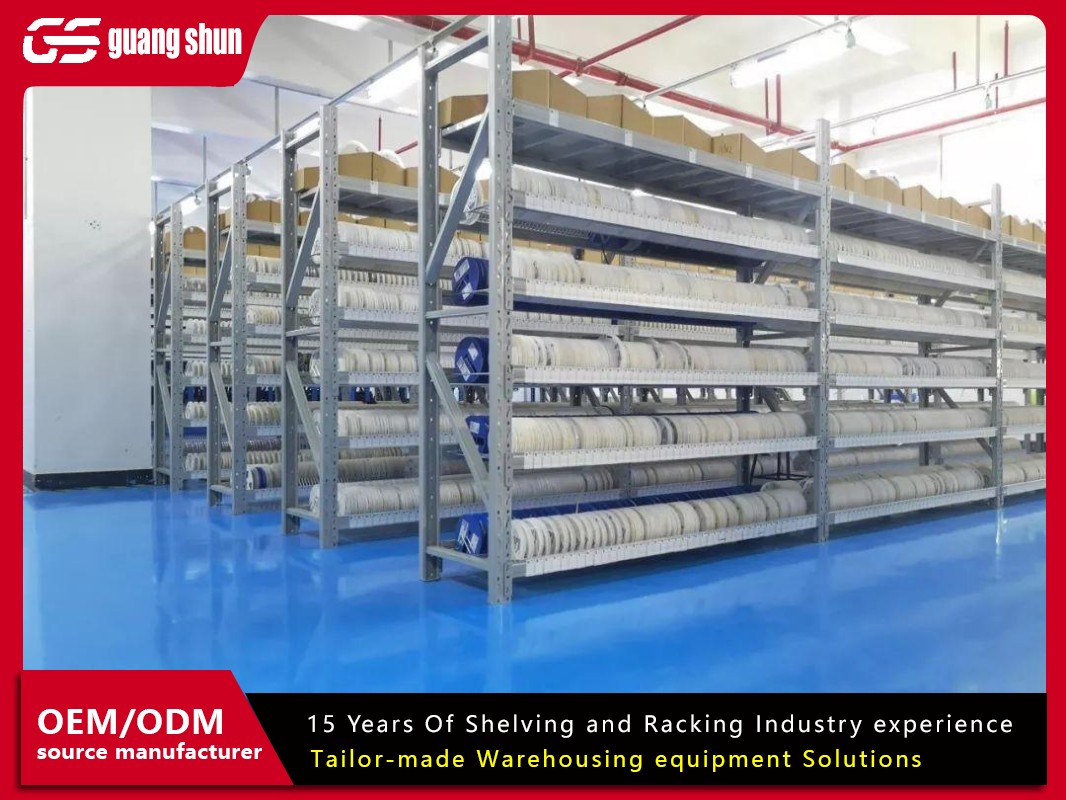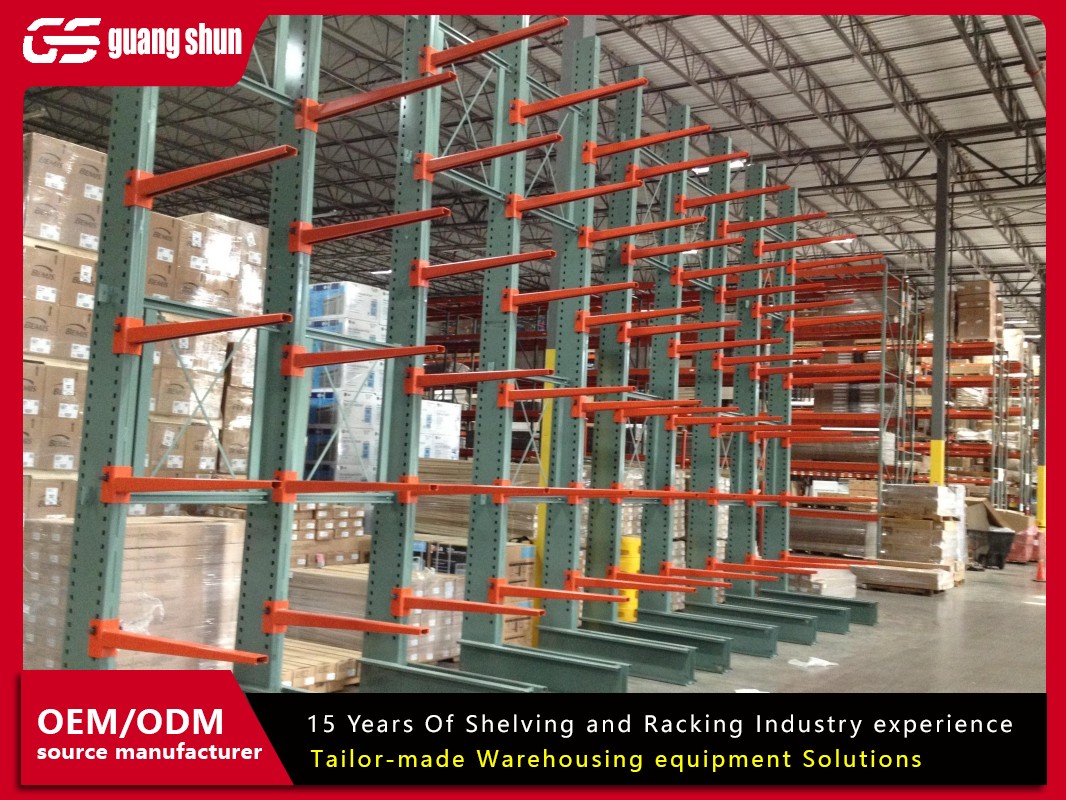In the world of logistics, manufacturing, and distribution, the unsung heroes of efficiency are often the structures that hold everything together—literally. Industrial racking and shelving form the critical framework upon which countless businesses build their operations. From storing raw materials to organizing finished products ready for shipment, the right storage system is not a luxury but a fundamental necessity. This article delves into the core aspects of these systems, exploring their types, applications, and the common challenges faced in their selection and use.

Understanding the Core Types of Industrial Racking and Shelving
The term "industrial racking and shelving" encompasses a wide array of storage solutions, each designed for specific purposes, weights, and spatial configurations. Understanding these types is the first step toward optimizing a warehouse.
Selective Pallet Racking is the most common system found in warehouses. It offers direct access to every pallet, making it ideal for facilities with a high number of SKUs. Its simplicity and flexibility allow for easy adjustment of beam heights to accommodate different load sizes.
Drive-In/Drive-Through Racking is a high-density storage solution designed for storing large quantities of similar products. In this system, forklifts drive directly into the rack structure to place or retrieve pallets. While it maximizes cube space, it operates on a Last-In, First-Out (LIFO) basis, which may not be suitable for all inventory types.
Cantilever Racking is specifically designed for long, bulky, or irregularly shaped items like timber, pipes, or furniture. It features arms that extend from a central column, providing unobstructed access to stored goods without the interference of front-facing vertical posts.
Shelving Units, often lighter than pallet racking, are the workhorses for smaller items. Industrial shelving comes in various forms, such as boltless shelving for easy assembly and heavy-duty shelving for substantial bulk. These are perfect for tools, parts, and smaller boxes in manufacturing plants or storerooms.
Mezzanine Flooring, while not racking itself, is an ancillary structure that integrates with industrial racking and shelving to create additional tiered storage or workspace, effectively doubling the usable area without expanding the building's footprint.
Key Considerations for Choosing the Right System
Selecting the appropriate industrial racking and shelving is a strategic decision that impacts safety, efficiency, and cost-effectiveness. Several factors must be carefully evaluated.
The most critical factor is weight capacity. Every system has a maximum load rating for both the upright frames and the beams or shelves. Exceeding these ratings is a severe safety hazard. It is essential to understand not just the weight of individual items but the total distributed load.
Inventory characteristics play a huge role. The size, shape, and fragility of the products will dictate whether you need the wide-open arms of cantilever racking, the small bins of shelving, or the palletized access of selective racking. The inventory turnover rate is also crucial; high-turnover goods need easily accessible systems like selective racking, while long-term storage might benefit from high-density drive-in systems.
Available space and warehouse layout must be measured precisely. The height of the building, the spacing of columns, and the clearances needed for forklifts and other MHE (Material Handling Equipment) determine the configuration and height of the racking. Maximizing vertical space is often a key goal.
Finally, future flexibility and scalability should be considered. A business's needs evolve. The ideal industrial racking and shelving system should be adaptable, allowing for reconfiguration or expansion without requiring a complete and costly overhaul.
Installation, Maintenance, and Safety Protocols
The journey of industrial racking and shelving does not end with purchase; proper installation and diligent maintenance are paramount for operational safety and longevity.
Professional installation is non-negotiable. An improperly assembled racking system is a ticking time bomb. Certified installers ensure that the structure is level, plumb, and securely anchored to the floor, with all components correctly engaged and bolts torqued to specification.
Once installed, a rigorous preventative maintenance and inspection schedule must be established. This includes daily visual checks by warehouse staff for any obvious signs of damage and more formal, documented inspections by a competent person every six to twelve months. Damage most frequently occurs from forklift impacts, which can bend uprights, crack welds, or dislodge safety locks.
Safety protocols are intertwined with maintenance. Key practices include:
Ensuring all loads are within the specified weight limits.
Never climbing on the racking unless with approved safety equipment.
Using column and post protectors to minimize damage from impacts.
Immediately isolating and reporting any damaged components for replacement.
Adhering to these protocols ensures that the industrial storage system remains a safe and reliable asset.

The Role of Industrial Racking in Modern Supply Chains
In today's fast-paced world of e-commerce and just-in-time manufacturing, the role of industrial racking and shelving has evolved from passive storage to an active component in supply chain management.
An optimized storage system directly contributes to inventory accuracy and order fulfillment speed. Well-organized racking with clear labeling allows pickers to locate and retrieve items quickly, reducing walking time and minimizing errors. This is the foundation of efficient picking methodologies like batch picking or zone picking.
Furthermore, data-driven warehousing often integrates industrial racking and shelving with Warehouse Management Systems (WMS). The physical location of every bin and pallet is mapped within the software, creating a digital twin of the warehouse. This synergy allows for intelligent put-away and picking paths, dramatically boosting productivity.
Ultimately, a well-planned racking system improves space utilization, allowing businesses to store more goods in the same square footage. This delays the need for expensive expansion or relocation, directly impacting the bottom line. It transforms the warehouse from a cost center into a strategic advantage.
Common Challenges and Problems with Industrial Storage Systems
Even the best-designed systems can encounter problems. Being aware of these common issues helps in prevention and timely resolution.
Forklift Damage: This is the most prevalent issue. Impacts can compromise the structural integrity of the racking. Bent uprights or beams must be replaced immediately, as they cannot be safely straightened.
Improper Loading: Overloading beams or shelves, or placing loads unevenly, creates immense stress. Another form of improper loading is placing a pallet that is too large on beams that are too short, risking the pallet tipping.
Poor Housekeeping: Cluttered aisles and materials stored haphazardly on top of racking not only pose a fire hazard but can also interfere with the stability of the structure and safe operation of MHE.
Ignoring Load Capacity Signs: Every component has a rated capacity. Disregarding the placards that display this information is a direct violation of safety protocols and a leading cause of catastrophic failures.
Using Non-Compatible or Damaged Components: Mixing components from different manufacturers or systems can be dangerous, as they are not engineered to work together. Similarly, using bent or cracked components salvaged from old racking is a severe risk.
Inadequate Training: Operators who are not properly trained in how to use the industrial racking and shelving systems safely—including how to inspect them and report damage—are a significant liability.
The Future of Industrial Racking and Shelving
The future of industrial racking and shelving is leaning towards greater integration with technology and automation. We are already seeing the rise of automated storage and retrieval systems (AS/RS) where robots retrieve and place items within very narrow aisle racking systems. These systems maximize density and accuracy while reducing labor costs.
Furthermore, the materials and design of racks are constantly improving. High-strength steel allows for slimmer profiles that can bear the same weight, offering better visibility and more space. The core principle, however, remains unchanged: providing a safe, efficient, and scalable foundation for the world's goods. Investing time and resources into selecting, maintaining, and properly using industrial racking and shelving is an investment in the very backbone of your operation.







